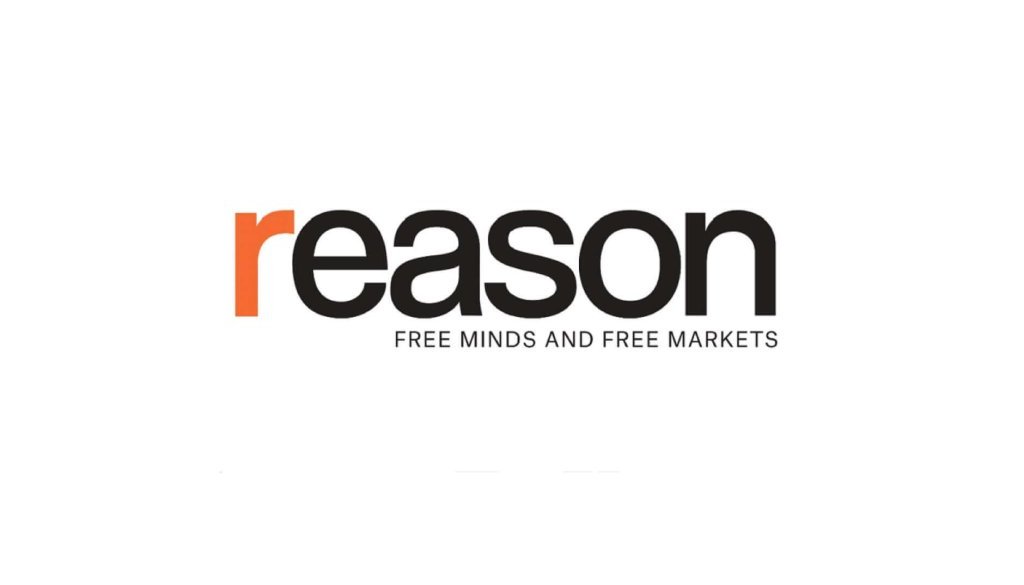Why Economic Sanctions Against Iran Are Backfiring
How Sanctions Work: Iran and the Impact of Economic Warfare, by Narges Bajoghli, Vali Nasr, Djavad Salehi-Isfahani, and Ali Vaez, Stanford University Press, 212 pages, $24
If there’s one part of foreign policy where President Donald Trump has been consistent, it’s economic sanctions on Iran. During his first presidency, Trump imposed what the State Department called a “super-maximum economic pressure campaign.” Throughout the Biden administration, Trump and his supporters complained that Iran had been on the verge of bankruptcy but lax sanctions enforcement was allowing the Iranian economy to rebound. In his third week in office, Trump signed an order calling for renewed sanctions pressure on Iran, although he also expressed willingness to negotiate.
Sanctions have undoubtedly made Iran squirm. Iranian oil exports fell to nearly nothing in 2019, leading Iran to harass oil shipping and allegedly attack oil production in neighboring countries. The government couldn’t even access its own money abroad, and it had to make complex deals to buy food and medicine. At home, Iran saw increasingly widespread uprisings and crackdowns in 2018, 2019, and 2022. Figures in Trump’s orbit have flirted with the idea of full-on regime change.
The way sanctions deal out damage—the chain of causation from the president’s pen to turmoil in Iran—is less well understood. Even if the issue weren’t muddled by heavy propaganda, the process is complicated. How Sanctions Work: Iran and the Impact of Economic Warfare presents an easily digestible set of data on sanctions. It’s written by anthropologist Narges Bajoghli, economist and former Central Bank of Iran researcher Djavad Salehi-Isfahani, and political scientists Vali Nasr and Ali Vaez, both of whom have advised the U.S. government on negotiations.
The past few decades in Iran have been a natural experiment in the effect of economic sanctions. Iran has more of a market economy than other targets of U.S. sanctions, such as Cuba and North Korea. It also had normal trade relations with much of the world, which have been cut since the 1990s by waves of Washington’s sanctions.
Although the United States has the power to seriously disrupt economic life in other countries, the book argues, the consequences don’t always serve American interests. Sanctions hurt the prosperity and political standing of Iran’s pro-American middle class the most. They also make the government more paranoid and remove important incentives to play nice. Everyone seems worse off.
The U.S. has tried to wash its hands of the policy’s consequences for ordinary Iranians, blaming their poverty on domestic “corruption and economic mismanagement” rather than on sanctions. But the data are clear. The Iranian economy was booming from 1988, the end of the country’s war with Iraq, to 2011, the beginning of former President Barack Obama’s intensified sanctions campaign.
Obama’s innovation was secondary sanctions. As the flow of direct American-Iranian trade shrunk, the U.S. Treasury’s O
Article from Reason.com

The Reason Magazine website is a go-to destination for libertarians seeking cogent analysis, investigative reporting, and thought-provoking commentary. Championing the principles of individual freedom, limited government, and free markets, the site offers a diverse range of articles, videos, and podcasts that challenge conventional wisdom and advocate for libertarian solutions. Whether you’re interested in politics, culture, or technology, Reason provides a unique lens that prioritizes liberty and rational discourse. It’s an essential resource for those who value critical thinking and nuanced debate in the pursuit of a freer society.




